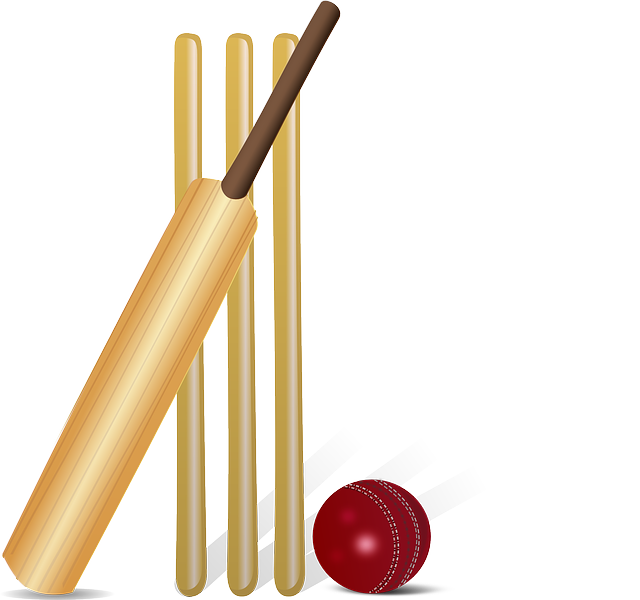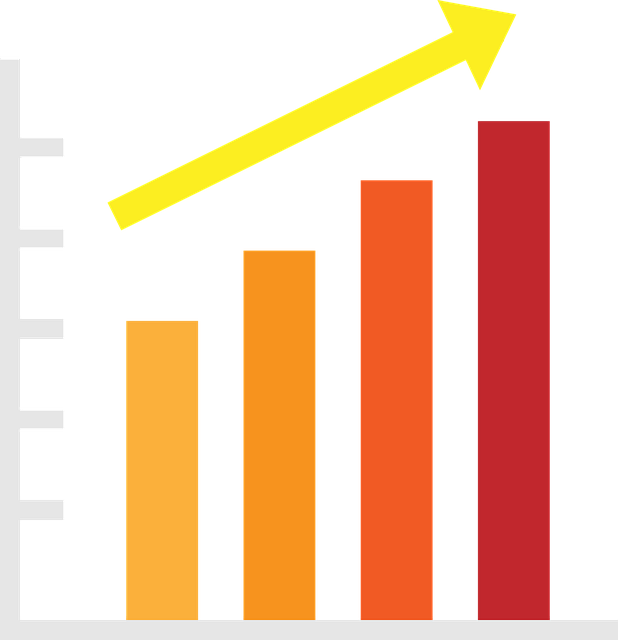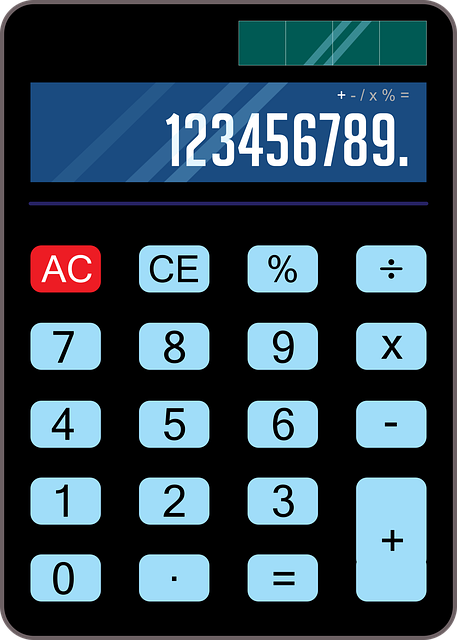Quantitative analysis is essential to understand and resolve issues with data, numbers, and reasoning. In order to understand and derive significant conclusions from numerical data, it integrates statistical tools, mathematical methods, and analytical abilities.
.
What is Quantitative Analysis?
The examination of quantifiable data is the fundamental component of quantitative analysis. It requires gathering data, methodically organising it, analysing it, and interpreting the findings.
We can find links, patterns, and trends in data. Numerous disciplines, including business, economics, science, and even sports, heavily rely on quantitative analysis. Governments rely on it for policymaking, scientists use it to examine experimental results, and businesses utilise it to understand consumer behaviour.
Importance of Quantitative Analysis
Why is quantitative analysis important? Its adaptability and usefulness hold the key to the solution. It is vital for the following main reasons:
Decision-Making: Data-driven choices are more trustworthy than educated guesses, whether they are made about project planning, financial management, or job selection.
Problem-Solving: Quantitative analysis aids in the identification of issues, assessment of their consequences, and development of workable solutions.
Future Predictions: We can predict future trends and get ready for what lies ahead by examining historical data.
Objectivity: There is no falsehood in numbers. Decisions are guaranteed to be grounded in facts rather than preconceptions or biases to quantitative analysis.
If you are a cricket lover, e.g, we consider how team picks the game strategy are determined by analysing player performance statistics. That is the application of quantitative analysis.

Components of Quantitative Analysis
We will eventually become proficient in a number of vital steps have in quantitative analysis:
Data Collection: Accurate and trustworthy data collection is the initial stage. Records, tests, or surveys may provide this information.
Data Organisation: For improved comprehension, the data must be systematically organised, such as in tables or graphs, after it has been gathered.
Analysis and Calculation: The data is processed using a variety of statistical and mathematical methods, including probability, averages, and percentages
Interpretation: To reach on conclusions and make choices, the results are lastly interpreted.
Calculating students’ average grades to evaluate overall performance is a straightforward example in the classroom.

Applications in Everyday Life
We use quantitative analysis in many aspects of our daily life; it is not just found in academia or specialist fields. Here are a few examples:
• Personal Finance: To manage our monthly budget to require for assessing income and expenses.
• Fitness Tracking: To deliver approaching, apps that monitor our sleep, calories, and steps employ quantitative analysis.
Shopping: Calculations and data analysis are required when comparing sales discounts and offers.
Weather Forecasting: Data analysis is used to make predictions about the weather for tomorrow.
How to Excel in Quantitative Analysis
At first, learning the quantitative analysis may seem difficult, but with the correct strategy, it can be enjoyable and fruitful. The following advice will be helpful to you:
Practice often: Our confidence will grow as we practice more. To improve our talents, solve the tasks every day.
Recognise Concepts: Learn the reasoning behind formulas in place of merely memorising them. This will smooth the progress of the process of fixing problems.
Use Technology: Complex computations can be made simpler with the use of tools like software and calculators. Learn how to make good use of them.
Remain interested: Research real-world examples and create questions. We shall be able to recognise the value of what we are learning.

Note:-
A useful ability that has many applications outside of the classroom is quantitative analysis. It gives us the skills we need to solve issues, think seriously, and make wise choices. Gaining proficiency in mathematical analysis can help us to succeed academically and build a lifetime capacity to tackle problems with assurance and clarity. So, accept the number, investigate the trends, and enjoy the process of learning.
Presently, the estimation of elements in an organic compound is carried out by using mircoquantities of substances and automatic experimental techniques. The elements carbon, hydrogen and nitrogen present in a compound are determined by an apparatus known as CHN elemental analyser. The analyser requires only a very small amount of the substance (1-3 mg) and displays the values on a screen within a short time.
The study and interpretation of numerical data to find trends, reach conclusions, and resolve issues is known as quantitative analysis. It is important to gain analytical, significant thinking, and problem-solving abilities that are vital for both academic and practical settings.
Measures of central tendency (mean, median, mode), probability, graphing and charting, data collection and management, and fundamental statistical methods are normally covered. These ideas serve as the foundation for more complex research in a variety of disciplines, like; science, business, and economics.
The use of quantitative analysis is omnipresent. Budgeting, test-score analysis, survey interpretation, product pricing comparison, and even weather pattern prediction are all aided by it. Learning it helps rational thinking and decision-making in daily actions.
We must be proficient in mathematics and at ease using formulae and computations in order to succeed in quantitative analysis.
Logical reasoning: The capacity for logical data interpretation.
• Attention to detail: Precision while handling numerical data.
• Problem-solving abilities: Using ideas in practical situations.